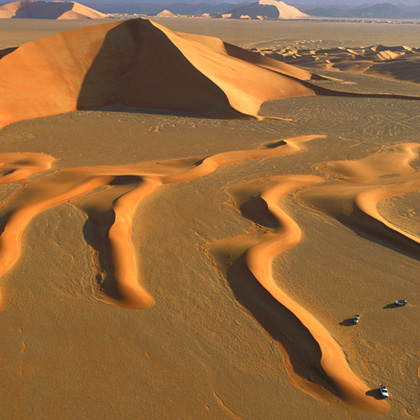
New adventures in KSA desert
Prof. Hirt and Darwin21 team will start a new adventures in KSA desert, they
will be exploring the microbial diversity of pioneer desert plant growing under life-threatening
desert condition, where only the fit could grow. we will be visiting and exploring- The Empty Quarter
(Ar-Rub al-Khali) that lies in the southeastern part of the Arabian Peninsula. It covers almost a
quarter of the total area of the Arabian Peninsula from Feb 8-11.
Image courtesy: pdnonline.com
Expeditions Gallery
-
Choose your expedition:
-
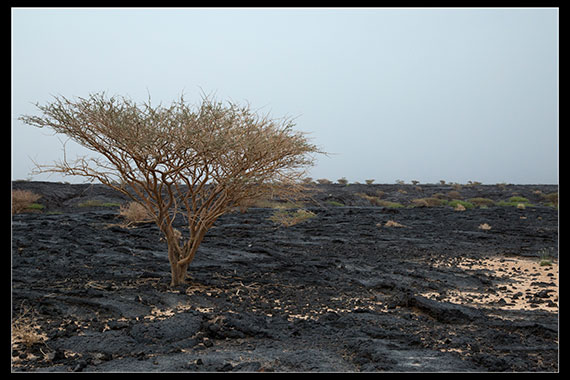
Wahabe crater 2015
The DARWIN21 start the winter by two day trip in the region of Umm Al-Dum to see one of the wonderful Crater in the worlds, Wahabe Creater. The crater is located north of the Riyadh-Makkah highway and is reachable after a 100 kilometer drive from the exit Umm Al-Dum. The tarmac goes until few hundred meters to the crater and is continued by a good track that runs until the edge.
-
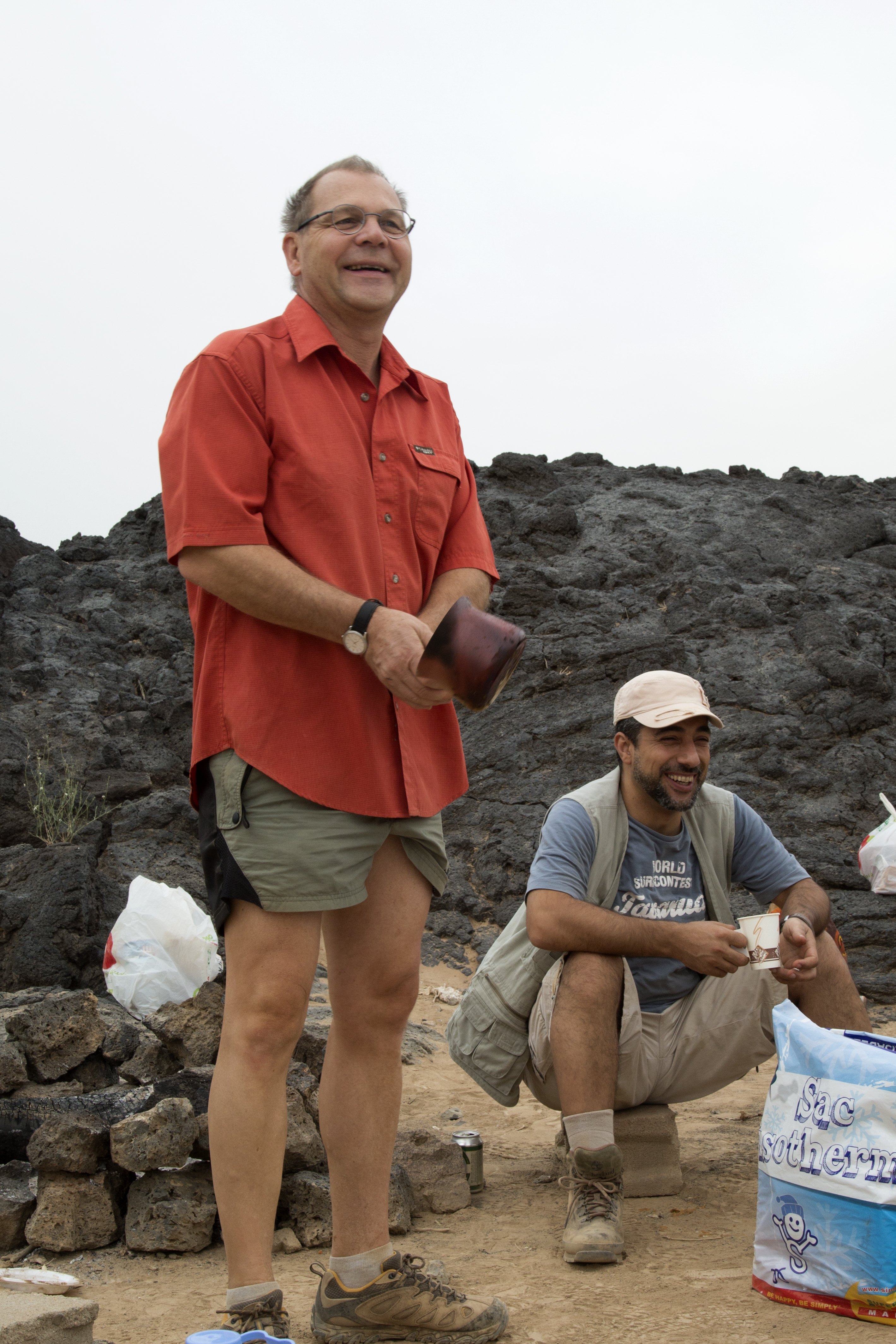
-
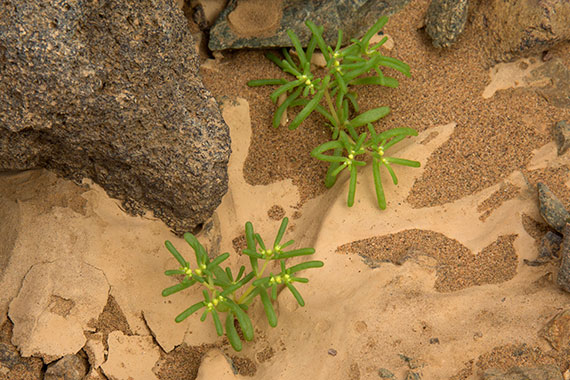
-
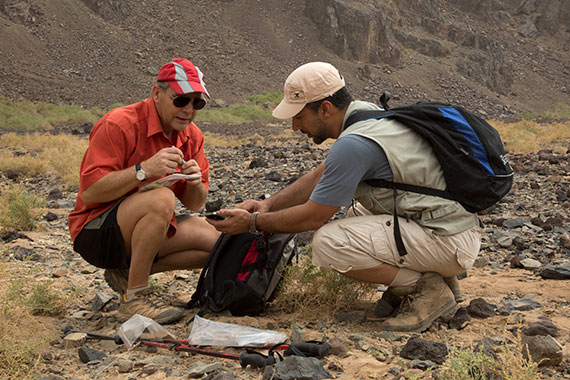
-
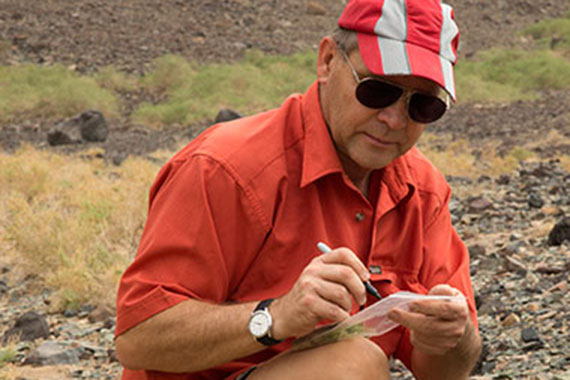
-
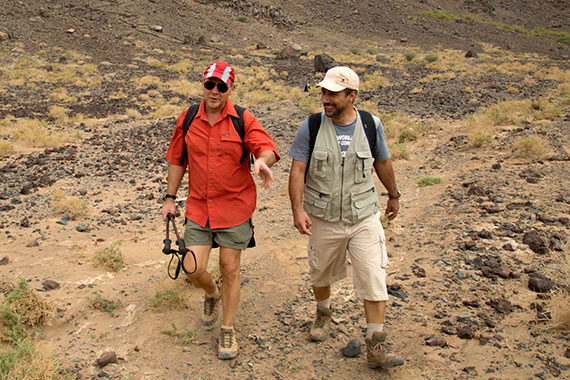
-
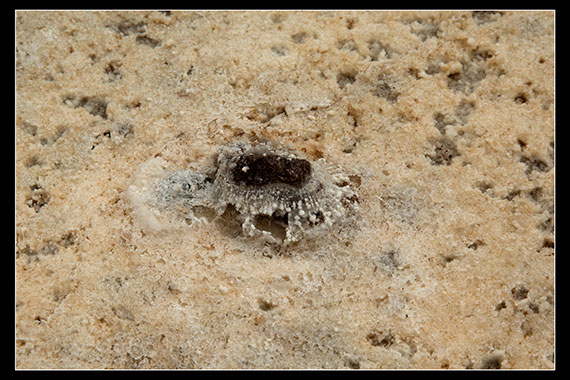
-
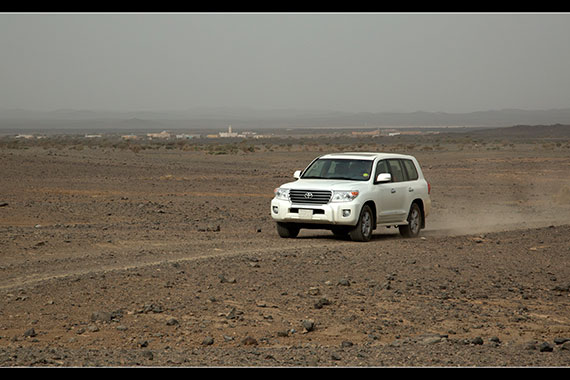
-
-
-
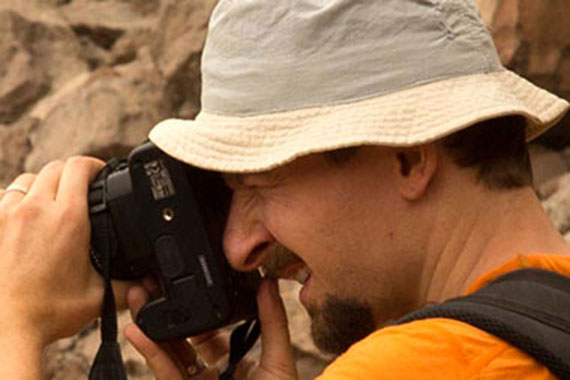
-
Empty Quarter 2018 (Rub-al Khali)
In the winter of 2018 the DARWIN 21 arranged a field excursion to the Saudi Arabian 'Empty Quarter' for numbers of Scientists in KAUST. The field trip, which ran from February 8 to 11, 2018 was a great success in giving the attendees a rich, varied, but quick overview of the biological diversity of the region.
-
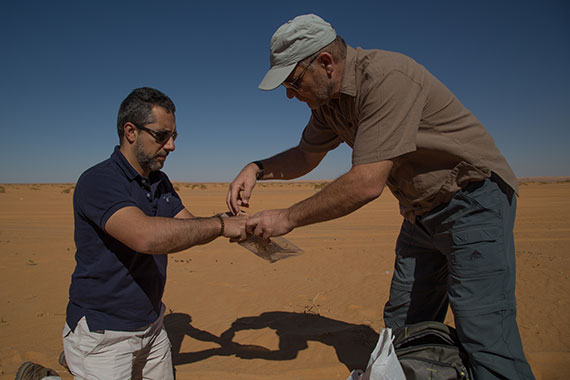
-
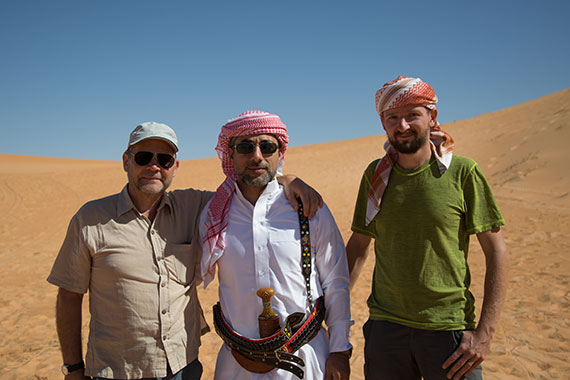
-
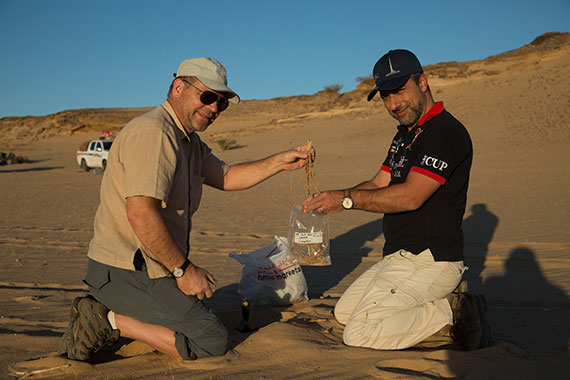
-
-
-
-
-
-
-
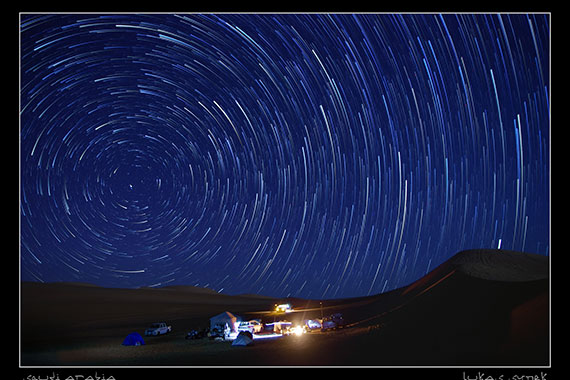
-
-
Jordan 2014
In spring 2014, The DARWIN21 team explore different desert area of Jordan including Wadi Ram, Zarqa Governorate and rhe Dead Sea region. Wadi Ram is a protected desert wilderness in southern Jordan. It features dramatic sandstone mountains like the many-domed Jebel Um Ishrin, Azraq is a small town in Zarqa Governorate in central-eastern Jordan, 100 kilometers east of Amman.
-
-
-
-
-
-
-
-
-
-
-
-
White and black crater 2016
The DARWIN21 of the advantage of the cool weather in November and visit one of the largest volcanic fields in Sauida arabia is known as Harrat Khaybar, named after the city which lays on its western side. Its ancient and recent lava flows spread between the provinces of Madinah and Ha’il, on the northwest of the city of Madinah, and cover more than 14000 square kilometers.
-
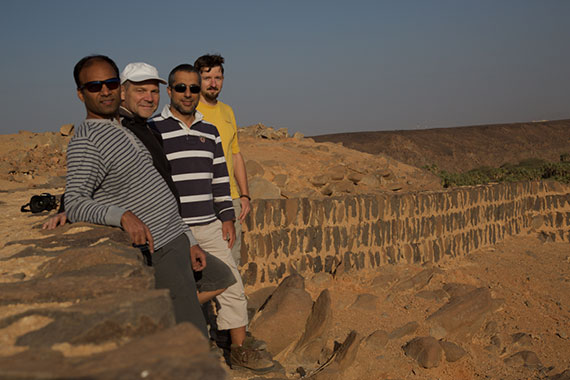
-
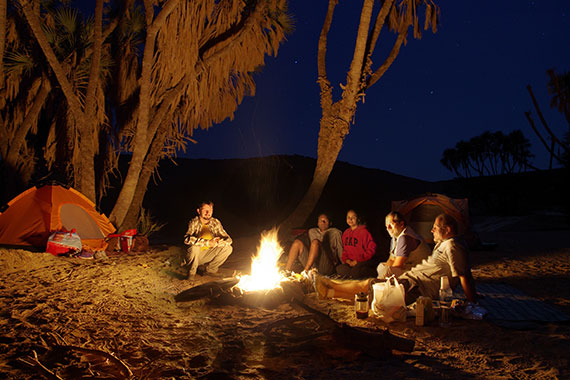
-
-
-
Jizan2014
In spring 2014, The DARWIN21 team explore the south part of Saudi Arabia and collected a number of desert pioneer plant for microbe research. The team visited Jizan Region. (Arabic: جيزان Jizān) is the second smallest (after Al Bahah) region of Saudi Arabia. It stretches 300 km along the southern Red Sea coast, just north of Yemen. The site at Jizan contained coarse-sandy soil with neutral pH of 7.19.
-
-
-
-
-
-
-
-
-